AppStore Benchmarks
For United States Startups
There are more than 113 million iPhone users in the United States as of 2022. Reach them easily through AppStore and Search Ads.
4.8%
Impressions to PageViews
[App Store Search]
51%
Click-Through Rate
[App Store Search]
27%
PageViews to Units
[App Referrer]
11%
Impressions to PageViews
[App Store Browse]
27%
PageViews to Units
[App Store Browse]
44%
PageViews to Units
[Web Referrer]
7.1%
Tap-Through Rate
[Apple Search Ads]
$0.9
Cost Per Tap
[Apple Search Ads]
$1.8
Cost Per Install
[Apple Search Ads]
Marginalia
Please note that Apple statistics is only available from their devices with iOS 8 and tvOS 9 or later.
Secondly, Apple doesn't count Page Views for apps that users purchase or download in other ways, such as directly from search results in views. Page Views are the number of times someone views your app store page (not just see it in passing in search results).
And thirdly, “Units” count the number of times an app was downloaded from the app store. The metric I imply here is that a user pressed the “Get” or “Buy” button in the app store and that resulted in a download. App updates, downloads from the same Apple ID onto other devices, and re-downloads to the same iOS device are not counted as app units - only new downloads are defined as App Units. Just bear in mind that a download doesn't mean the app was ever actually opened.
Why not just use “Installations” term here? App Units is a metric recorded by the App Store servers and is accurate. Installations is a metric reported by users devices, but users have to opt in. So installations is much lower because of all the people who opted out of device side app analytics reporting. Note that all the metrics under “usage” are from the opt in users only.
How did I get those numbers? As I’ve been doing marketing since 2000 I’ve had a chance to accumulate big and small data from corporations, small ventures, own startups, open Google crawlers and API’s, white- and gray-hat marketing communities, helpful insights from colleagues. The final actual numbers for the metrics you see are the results of qualitative research. That means, first, I have an average (mean quantitative) values, and then manually match it with expert numbers (median qualitative). If both data fit - we’re good. If expert numbers go out - I adopt Bayes' law and Daniel Kahneman’s methods to balance the data.
Bear in mind, all those marketing benchmarks and startup metrics below relate to the United States market only. Though they can be applied to other T1 countries (US, UK, CA, AU, NZ), these metrics don’t represent traction benchmarks for startups and companies in T2 and T3 regional markets.
Sign up for updates
Subscribe for free with your email to receive lean hints and marketing insights!
OK, SUBSCRIBE ME